
Top Outdoor Ceiling Fans with Light: Guide to Choosing the Best for Your Outdoor Space
Share
Are you considering an outdoor ceiling fan with light to enhance your outdoor living space? These fans not only offer a cool breeze but also provide lighting, making your patio or porch more comfortable and stylish. In this guide, we’ll explore everything you need to know before buying the best outdoor ceiling fan with light, including their benefits, key features, and expert tips for installation.
Table of Contents
- What is an Outdoor Ceiling Fan with Light?
- Benefits of Using Outdoor Ceiling Fans with Light
- Key Features to Consider When Choosing an Outdoor Ceiling Fan with Light
- Installation Tips for Outdoor Ceiling Fans with Light
1. What is an Outdoor Ceiling Fan with Light?

An outdoor ceiling fan with light combines the functionality of a traditional ceiling fan with built-in lighting, perfect for spaces like patios, decks, and porches. These fans are specifically designed to withstand the elements, making them durable enough to be used outdoors.
Key Features:
- Durable Materials: Unlike indoor fans, outdoor ceiling fans are made from rust-resistant and weatherproof materials such as stainless steel, aluminum, and high-quality plastics.
- Lighting Integration: Most models feature a light kit that uses either LED or incandescent bulbs to illuminate the outdoor space.
Outdoor vs. Indoor Fans:
- Weather Resistance: Outdoor ceiling fans are equipped with weather-resistant features such as sealed motors and corrosion-proof finishes.
- Design Considerations: Outdoor fans are built to circulate air in open spaces, whereas indoor fans are designed for more confined environments.
These fans are available in various sizes, styles, and lighting options, making them versatile for different outdoor setups.
2. Benefits of Using Outdoor Ceiling Fans with Light
If you’re still unsure whether you need one, here are the top benefits of an outdoor ceiling fan with light:
| Benefit | Description |
|---|---|
| Cooling Effect | Provides a constant breeze that helps lower the perceived temperature in your outdoor space. |
| Energy Efficiency | Fans consume much less power than air conditioners, offering a cost-effective cooling option. |
| Dual Functionality | Combines lighting and air circulation in one device, saving space and improving convenience. |
| Aesthetic Appeal | Available in various designs, adding a stylish touch to any outdoor setting. |
| Improved Air Circulation | Helps to reduce humidity and prevent mold growth by circulating the air. |
Cooling Effect:
Outdoor fans with light can significantly reduce the temperature of your patio by circulating the air. In fact, some studies show that a good ceiling fan can lower temperatures by up to 4°F (2°C). During warm months, this is a game-changer, especially for areas with high humidity.
Energy Efficiency:
In addition to lowering the temperature, these fans use less energy compared to air conditioners. A typical ceiling fan uses around 75 watts per hour, while an air conditioner can use over 2,000 watts per hour. This makes ceiling fans a more affordable option for keeping cool.
3. Key Features to Consider When Choosing an Outdoor Ceiling Fan with Light
When selecting the best outdoor ceiling fan with light, it's crucial to understand the key features that impact its performance, durability, and aesthetic appeal.
1. Weather Resistance:
Look for fans rated for outdoor use, such as wet-rated or damp-rated. Wet-rated fans are designed for direct exposure to rain and moisture, making them perfect for uncovered outdoor spaces. Damp-rated fans are suitable for covered patios that might experience some humidity or indirect moisture.
2. Material and Build Quality:
Opt for materials like stainless steel, weather-resistant wood, or high-grade plastic to ensure durability. Outdoor fans need to endure the harsh effects of UV rays, rain, and wind.
| Material Type | Durability | Best Use |
|---|---|---|
| Stainless Steel | Highly durable, resistant to rust | Suitable for all outdoor spaces |
| Aluminum | Lightweight, corrosion-resistant | Best for dry or partially covered spaces |
| Plastic (ABS) | Weatherproof and UV resistant | Ideal for wet or coastal climates |
| Wood | Aesthetic but may require maintenance | Best for covered patios |
3. Fan Blade Design:
The design of the fan blades affects both the fan’s performance and its aesthetic appeal. Blades made from ABS plastic or weather-treated wood are the most durable options. Additionally, consider the blade pitch (angle of the blades), which impacts airflow. A pitch of 12° to 14° is typically ideal for optimal air circulation.
4. Lighting Options:
Many outdoor ceiling fans with lights use LED bulbs due to their energy efficiency and long lifespan. Some models allow you to adjust the light's brightness or change the bulb type. If you're looking for a more traditional vibe, fans with incandescent bulbs might be better suited to your space.
5. Motor Quality:
A high-quality motor is essential for smooth and quiet operation. DC motors are the most efficient and operate more quietly than their AC counterparts. A DC motor also uses less power, providing both cooling and lighting while reducing energy consumption.
4. Installation Tips for Outdoor Ceiling Fans with Light
Installing an outdoor ceiling fan with light can be a straightforward process if you follow the right steps. Here’s a simple guide to help you with the installation:
1. Safety Precautions:
- Always turn off the power before starting the installation.
- If you're installing the fan in a wet or damp environment, make sure all electrical components are properly sealed to prevent water damage.
- Ensure that the ceiling mount is secure enough to hold the weight of both the fan and the light fixture.
2. Tools Needed:
- Screwdrivers (Phillips and flathead)
- Power drill (if needed)
- Ladder
- Wire nuts
- A voltage tester
3. Step-by-Step Installation:
- Mount the Fan: Secure the mounting bracket to the ceiling. Ensure it is firmly in place.
- Wiring: Connect the wires of the fan to the ceiling wires. Typically, the fan will have three wires (black, white, and green). Match the black wire to the black (live) wire, the white wire to the white (neutral) wire, and the green to the ground.
- Attach the Fan Blades and Light Kit: Attach the fan blades to the motor and install the light kit if it’s a separate component. Most fans include detailed instructions for this step.
- Test the Fan and Light: Once everything is secured, restore the power and test both the fan and light settings.
4. Expert Tip:
For a seamless experience, consider hiring a licensed electrician if you're not comfortable working with electrical components. Professional installation ensures safety and prevents potential issues down the line.
Conclusion
Choosing the best outdoor ceiling fan with light can transform your outdoor space by offering both comfort and style. Consider the key features like weather resistance, material durability, and motor quality when making your decision. With proper installation and maintenance, your outdoor fan will provide years of reliable cooling and lighting, making your patio, porch, or deck the perfect place to relax and entertain.
Frequently Asked Questions (FAQs)
Can I use an indoor ceiling fan outdoors?
No, indoor ceiling fans are not designed to handle moisture or humidity. Always choose fans that are rated for outdoor use.
How do I maintain my outdoor ceiling fan with light?
Regularly clean the blades and light fixtures to prevent dust buildup. If you live in an area with harsh weather, consider covering the fan during the off-season.
Are outdoor ceiling fans with light energy-efficient?
Yes, especially those with LED lights and DC motors, which use less energy compared to traditional incandescent bulbs and AC motors.
What is the best fan size for a large patio?
For a large patio, choose a fan with a 52-inch or larger blade span to ensure adequate airflow.
How long do outdoor ceiling fans last?
High-quality outdoor ceiling fans can last between 10 to 15 years, depending on usage and maintenance.
Can I install an outdoor ceiling fan myself?
While it’s possible to install it yourself, it’s recommended to hire a professional for safety and proper installation.
Related Articles:


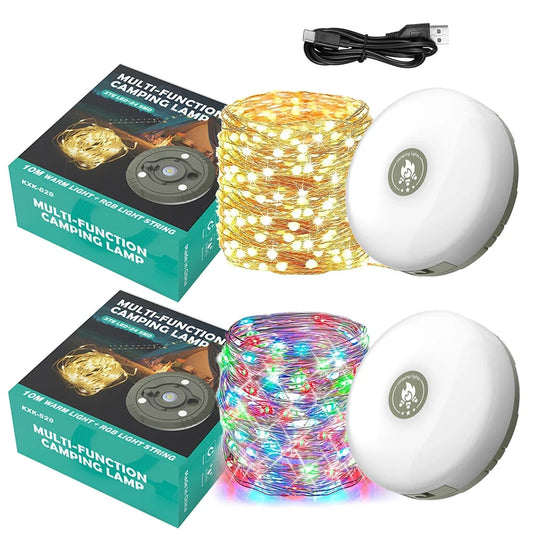

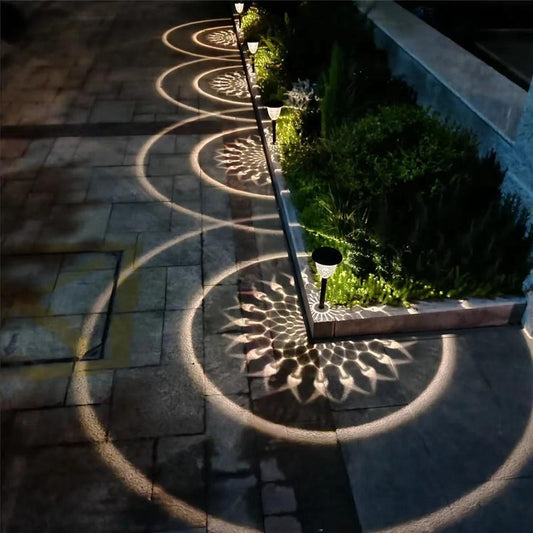

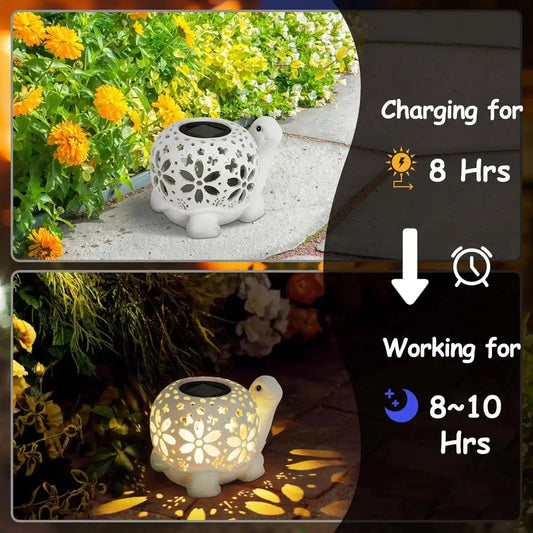

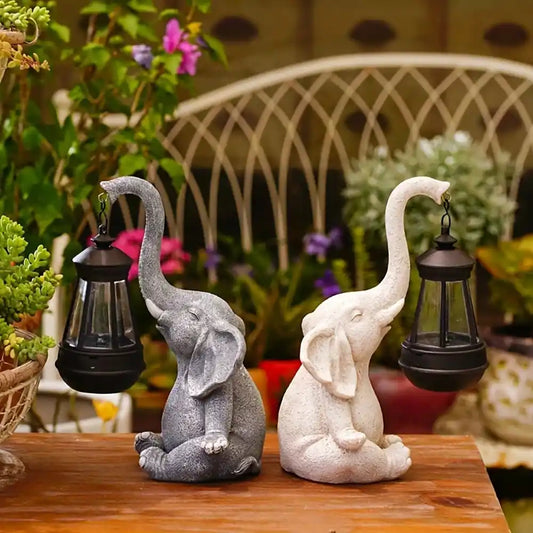

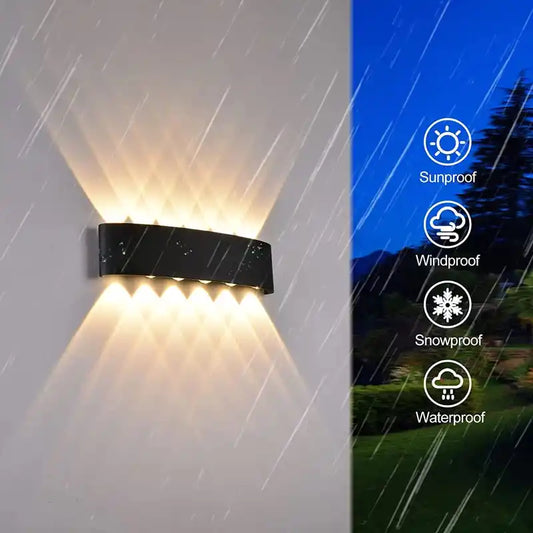

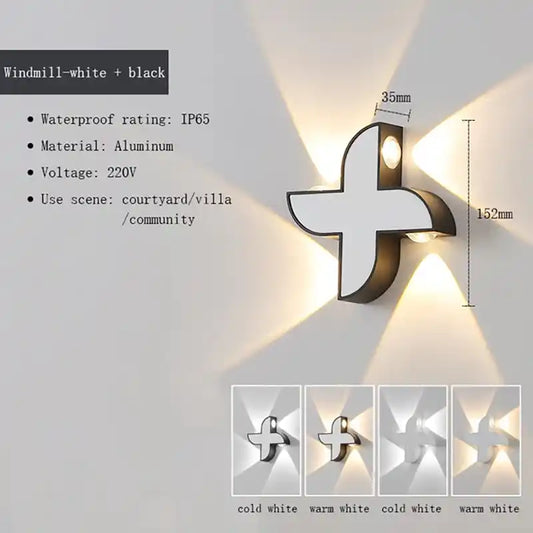

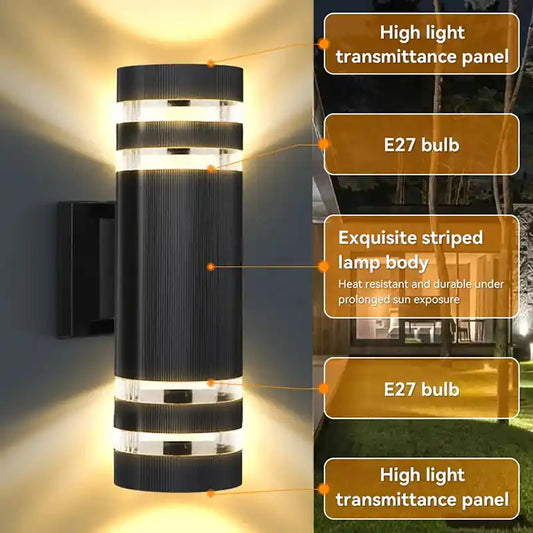

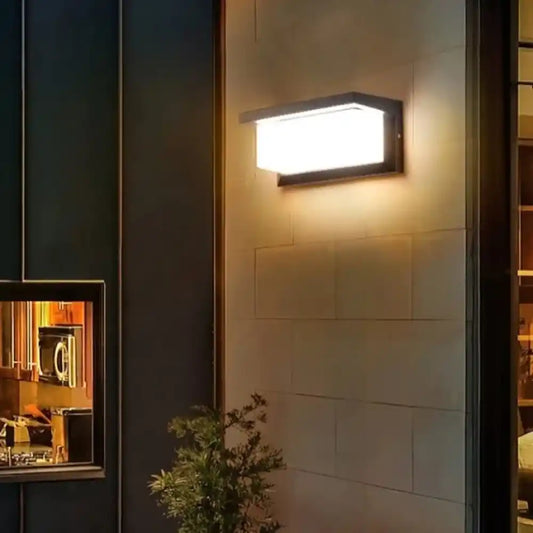



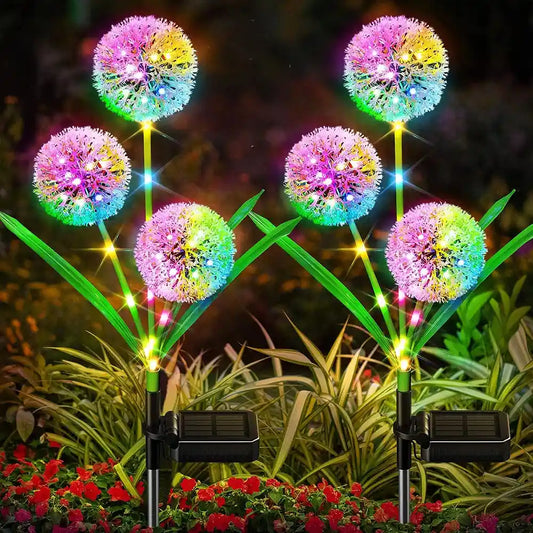



 />
/>
 />
/>
 />
/>
 />
/>
 />
/>
 />
/>